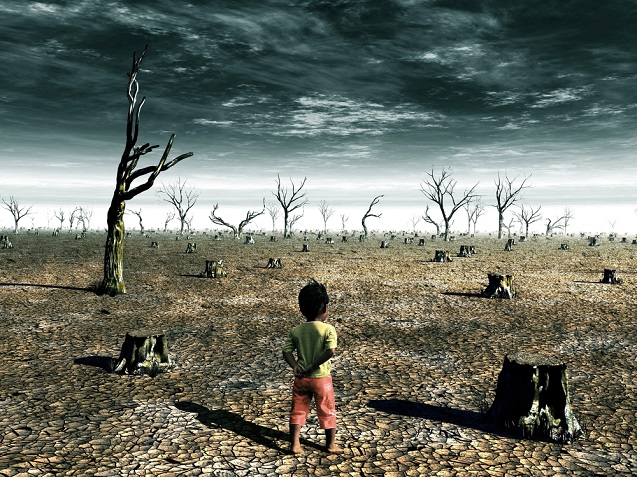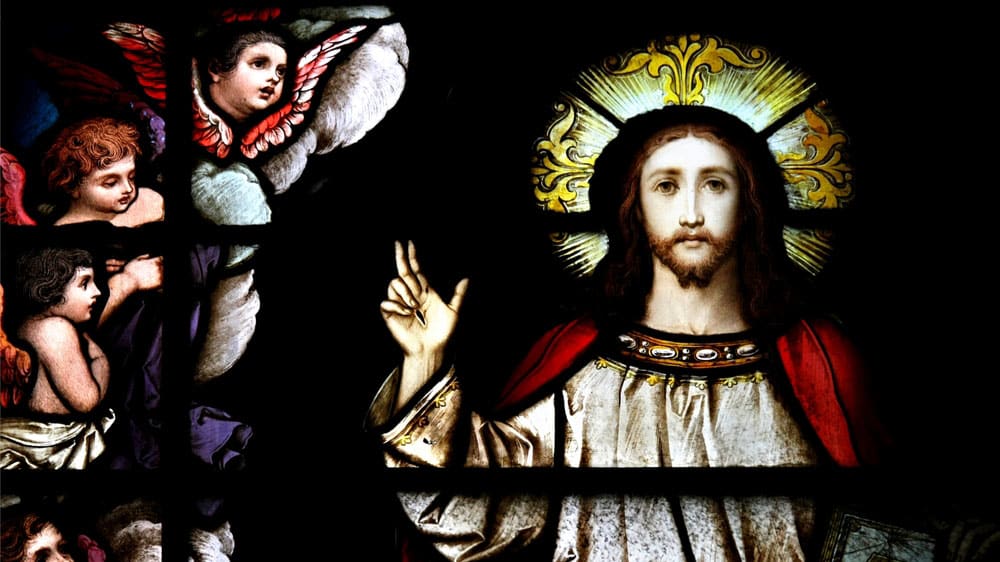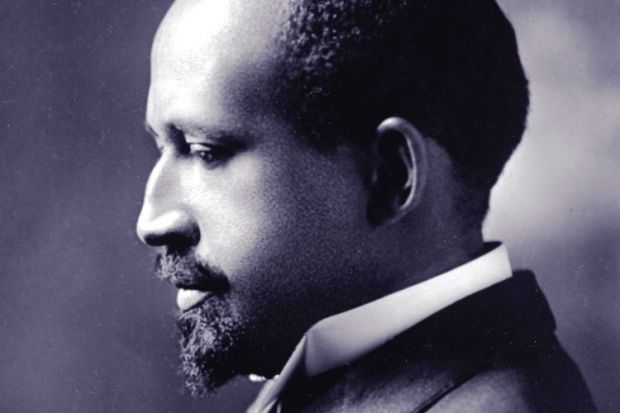
/ /
::: Three things cannot be long hidden: the sun, the moon, and the truth:::


A Klee painting named Angelus Novus shows an angel looking as though he is about to move away from something he is fixedly contemplating. His eyes are staring, his mouth is open, his wings are spread. This is how one pictures the angel of history. His face is turned towards the past. Where we perceive a chain of events, he sees one single catastrophe, which keeps piling wreckage upon wreckage and hurls it in front of his feet. The angel would like to stay, awaken the dead, and make whole what has been smashed. But a storm is blowing from Paradise; it has got caught in his wings with such violence that the angel can no longer close them. The storm irresistibly propels him into the future to which his back is turned, while the pile of debris before him grows skyward. This storm is what we call progress.



The cross is a paradoxical religious symbol because it inverts the world’s value system, proclaiming that hope comes by way of defeat, that suffering and death do not have the last word, that the last shall be first and the first last. Secular intellectuals find this idea absurd, but it is profoundly real in the spiritual life of black folk. For many who were tortured and lynched, the crucified Christ often manifested God’s loving and liberating presence within the great contradictions of black life. The cross of Jesus is what empowered black Christians to believe, ultimately, that they would not be defeated by the “troubles of the world,” no matter how great and painful their suffering. Only people stripped of power could understand this absurd claim of faith. The cross was God’s critique of power—white power—with powerless love, snatching victory from the jaws of defeat.Every once in a while, when Cone expressed something he thought was particularly important, he would say, “That’s Charlie talking.” To know Cone was to know Charlie and Lucy, his parents, who wrapped him and his brothers in unconditional love that held at bay the dehumanizing fear, discrimination and humiliation that came with living in Jim and Jane Crow Arkansas. He, like poet and novelist Claude McKay, said that what he wrote was “urged out of my blood,” adding “in my case the blood of blacks in Bearden and elsewhere who saw what I saw, felt what I felt, and loved what I loved.”
Present-day Christians misinterpret the cross when they make it a nonoffensive religious symbol, a decorative object in their homes and churches. The cross, therefore, needs the lynching tree to remind us what it means when we say that God is revealed in Jesus at Golgotha, the place of the skull, on the cross where criminals and rebels against the Roman state were executed. The lynching tree is America’s cross. What happened to Jesus in Jerusalem happened to blacks in Arkansas, Mississippi, and Kentucky. Lynched black bodies are symbols of Christ’s body. If we want to understand what the crucifixion means for Americans today, we must view it through the lens of mutilated black bodies whose lives are destroyed in the criminal justice system. Jesus continues to be lynched before our eyes. He is crucified wherever people are tormented. That is why I say Christ is black.
We were not destroyed by white supremacy. We resisted it, created a beautiful culture, the civil rights and Black Power movements, which are celebrated around the world. [James] Baldwin asked black people “to accept the past and to learn to live with it.” “I beg the black people of this country,” he said, shortly after “Fire” [“The Fire Next Time”] was published, “to do something which I know to be very difficult; to be proud of the auction block, and all that rope, and all that fire, and all that pain.”
To see beauty in tragedy is very difficult. One needs theological eyes to do that. We have to look beneath the surface and get to the source. Baldwin was not blind. He saw both the tragedy and the beauty in black suffering and its redeeming value. That was why he said that suffering can become a bridge that connects people with one another, blacks with whites and people of all cultures with one another. Suffering is sorrow and joy, tragedy and triumph. It connected blacks with one another and made us stronger. We know anguish and pain and have moved beyond it. The real question about suffering is how to use it. “If you can accept the pain that almost kills you,” says Vivaldo, Baldwin’s character in his novel Another Country, “you can use it, you can become better.” But “that’s hard to do,” Eric, another character, responds. “I know,” Vivaldo acknowledges. If you don’t accept the pain, “you get stopped with whatever it was that ruined you and you make it happen over and over again and your life has—ceased, really—because you can’t move or change or love anymore.” But if you accept it, “you realize that your suffering does not isolate you,” Baldwin says in his dialogue with Nikki Giovanni; “your suffering is your bridge.” Singing the blues and the spirituals is using suffering, letting it become your bridge moving forward. “For, while the tale of how we suffer, and how we are delighted, and how we may triumph is never new, it always must be heard,” Baldwin writes in his short story “Sonny’s Blues.” “There isn’t any other tale to tell, and it’s the only light we’ve got in all this darkness.”“I would rather be a part of the culture that resisted lynching than the one that lynched,” Cone writes at the end of the book. “I would rather be the one who suffered wrong than the one who did wrong. The one who suffered wrong is stronger than the one who did wrong. Jesus was stronger than his crucifiers. Blacks are stronger than whites. Black religion is more creative and meaningful and true than white religion. That is why I love black religion, folklore, and the blues. Black culture keeps black people from hating white people. Every Sunday morning, we went to church to exorcize hate—of ourselves and of white racists.”
